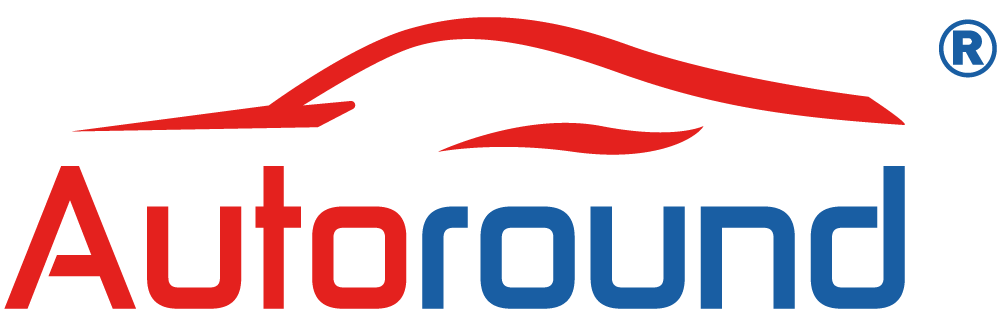Types Of Rolling Bearings
◆Classification according to the shape of bearing rolling elements;
◆Classification according to the direction of load carried by the bearings;
◆Classification according to the number of rows of bearing rolling elements;
◆Classification according to whether the bearing parts are separable;
◆Classification according to the outer dimensions of the bearings;
According to the type of rolling element
Rolling bearings can be divided into ball bearings and roller bearings.

Ball bearings:
- Features: The rolling element of the ball bearing is a spherical ball, which is installed between the inner and outer steel rings and can withstand large loads.
- Purpose: Determine the relative position of two parts (usually the shaft and the bearing seat) and ensure their free rotation, while transmitting the load between them.
Roller bearings:
- Spherical roller bearings:
The rolling element is a spherical roller, which can adapt to the angular deviation and angular movement between the axis lines of the two raceways, and can compensate for the bending of the shaft and the misalignment of the mating surface.
- Cylindrical roller bearings:
The rolling element is cylindrical, and its length to diameter ratio is less than 3. It is mainly used to bear radial loads, but can also bear axial loads and torsional loads.
- Needle roller bearings:
The rolling element is a needle roller, and its length to diameter ratio is greater than 3, and the diameter is less than 5mm. The radial structure is compact, especially suitable for support structures with limited radial installation dimensions.
- Tapered roller bearings:
The rolling element is a tapered roller. According to the number of rows of rollers installed, they are divided into single-row, double-row and four-row tapered roller bearings and other different structural types. They are mainly used to bear radial and axial combined loads with radial loads as the main load.
According to the load direction borne by the bearing
Rolling bearings are mainly divided into radial bearings and thrust bearings.
Radial bearings
Definition: Rolling bearings mainly used to bear radial loads, with a nominal contact angle in the range of 0° to 45°.
Classification:
- Radial contact bearings:
- Nominal contact angle is 0°.
- It is mainly used to bear radial loads, and can also bear small axial loads while bearing radial loads.
- Examples: deep groove ball bearings, cylindrical roller bearings and needle roller bearings, etc.
- Radial angular contact bearings:
- Nominal contact angle is greater than 0° to 45°.
- It can bear combined axial and radial loads.
- Examples: angular contact ball bearings, tapered roller bearings, self-aligning bearings, etc.
Thrust bearings
Definition: Rolling bearings specifically used to bear axial loads.
Classification:
- Axial contact bearing:
- Nominal contact angle is 90°.
- Only used to bear axial load.
- It should be noted that in the traditional sense, thrust bearings do not have a clear classification of “axial contact bearings”, but are directly called thrust bearings. This may be a special description or subdivision of thrust bearings.
- Thrust angular contact bearing:
- Nominal contact angle is greater than 45° but less than 90°.
- It is mainly used to bear axial loads, and can also bear small radial loads while bearing axial loads.
- Thrust bearings include thrust ball bearings and thrust roller bearings, of which thrust ball bearings and thrust angular contact ball bearings are subdivisions of thrust ball bearings.
According to the number of rolling elements
- Single-row rolling bearings:
There is only one set of rolling elements, suitable for bearing small radial loads.
- Double-row rolling bearings:
There are two sets of rolling elements, suitable for bearing large radial and axial loads.
- Multi-row bearings:
Bearings with more than two rows of rolling elements, such as three-row and four-row bearings. These bearings are usually used in applications that need to bear very high loads and complex loads.
According to whether its parts can be separated
- Separable bearings:
Bearings with separable parts, such as tapered bearings, spherical bearings, etc. This type of bearing is more convenient to install, disassemble and maintain.
- Non-separable bearings:
Bearings whose rings cannot be freely separated after the final matching. This type of bearing is usually designed as a one-piece type and is used in applications that require higher stability and reliability.
According to its outer diameter size
- Miniature bearings:
Bearings with a nominal outer diameter size range of less than 26mm.
- Small bearings:
Bearings with a nominal outer diameter size range of 28 to 55mm.
- Small and medium-sized bearings:
Bearings with a nominal outer diameter size range of 60 to 115mm.
- Medium and large bearings:
Bearings with a nominal outer diameter size range of 120 to 190mm.
- Large bearings:
Bearings with a nominal outer diameter size range of 200 to 430mm.
- Extra large bearings:
Bearings with a nominal outer diameter size range of 440 to 2000mm.
- Heavy bearings:
Bearings with a nominal outer diameter size range of more than 2000mm.
